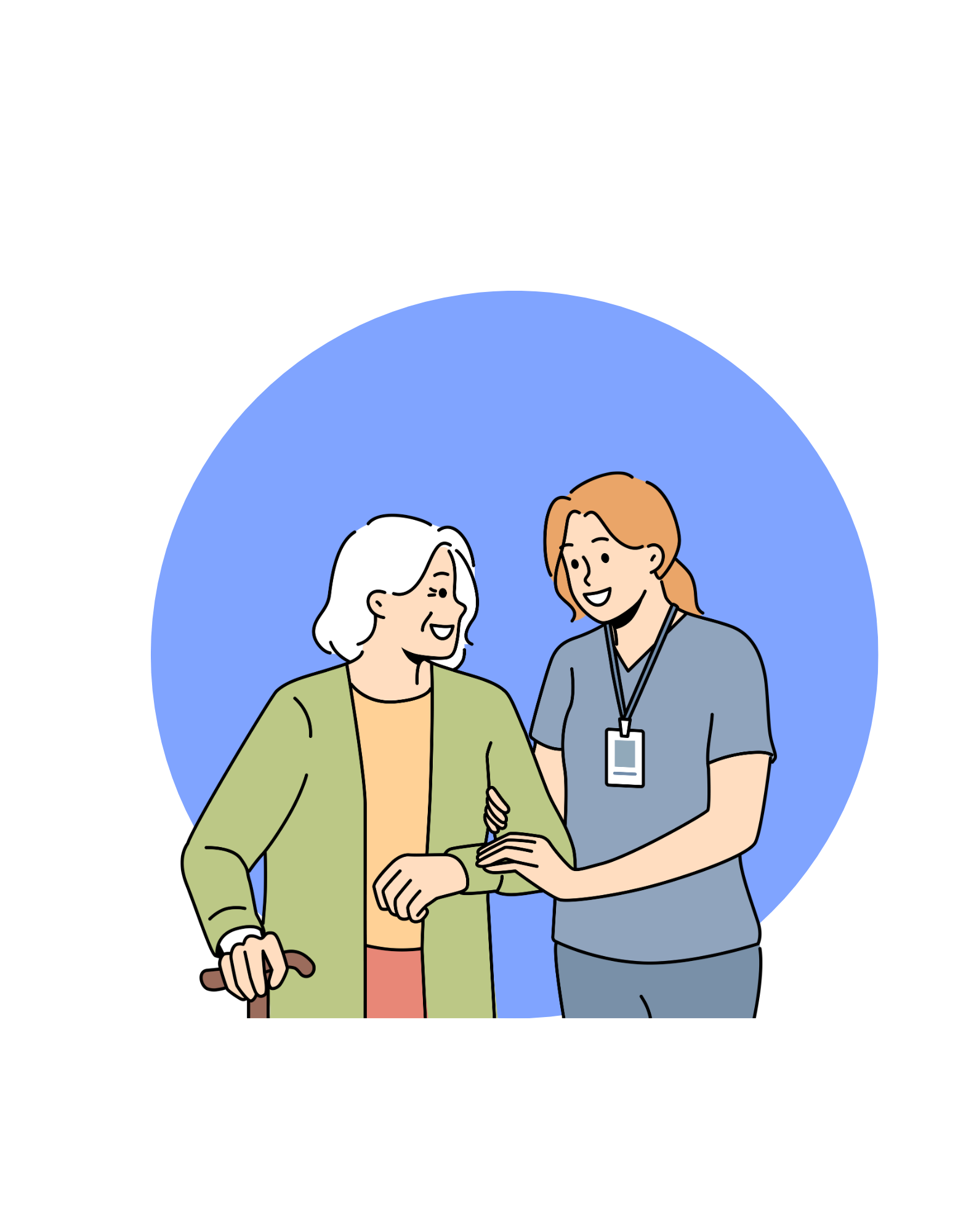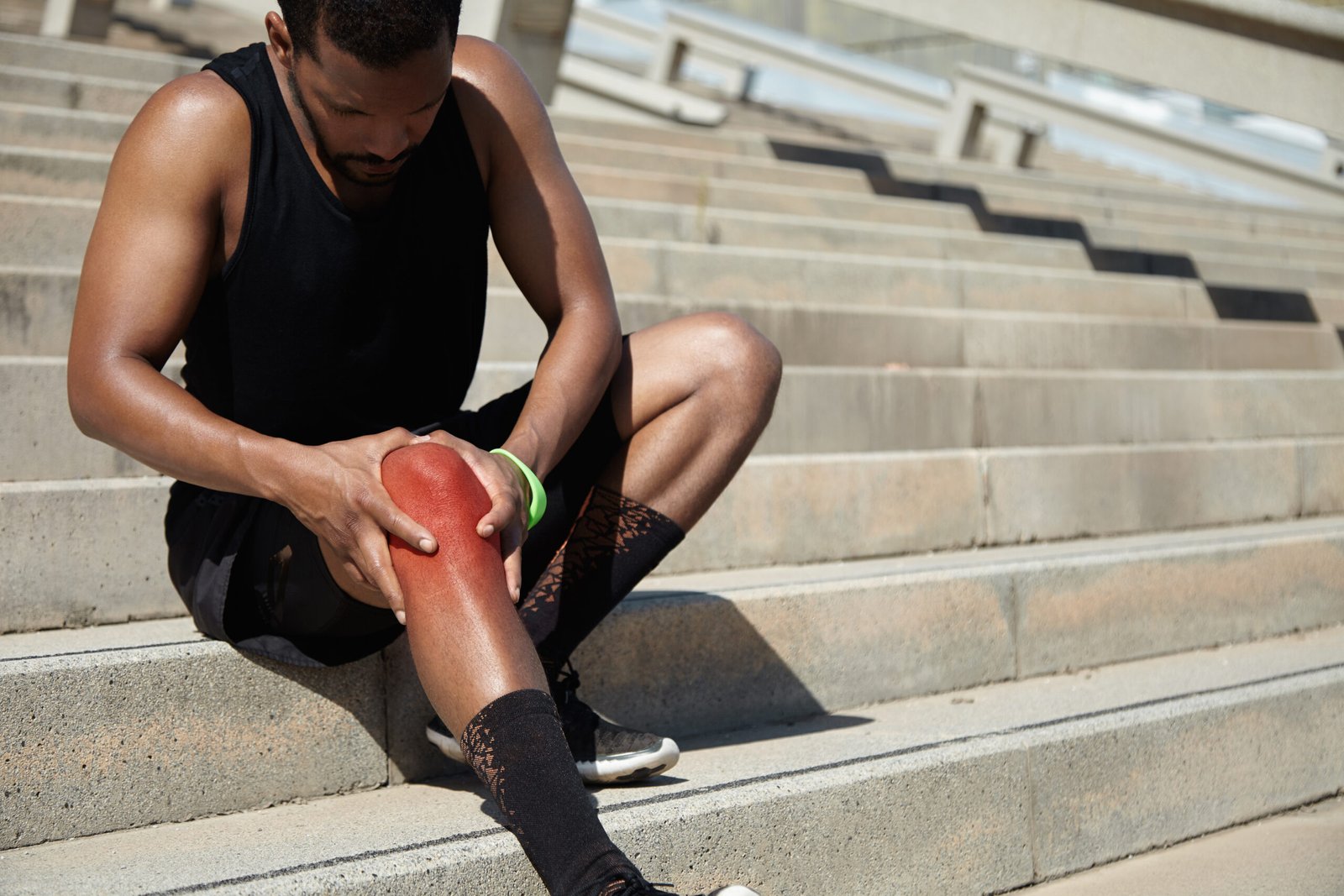Osteoarthritis (OA) is the most common type of arthritis, affecting millions globally. It’s more than just “wear and tear”—it’s a progressive joint disorder that can significantly reduce mobility and quality of life. The good news? With the right approach—especially physiotherapy—you can manage OA effectively and stay active for longer.
🔍 What Is Osteoarthritis?
Osteoarthritis is a degenerative joint disease that occurs when the cartilage—the smooth, protective tissue at the ends of bones—breaks down over time. Without enough cushioning, bones rub against each other, leading to pain, stiffness, and decreased function.
Commonly Affected Joints:
- Knees
- Hips
- Hands
- Spine
⚠️ Causes and Risk Factors
OA doesn’t have a single cause. Instead, it results from a combination of risk factors:
✅ Age – Most common in people over 45
✅ Gender – Women are more prone, especially post-menopause
✅ Obesity – Extra weight puts stress on weight-bearing joints
✅ Joint Injuries – Previous trauma or repetitive strain
✅ Genetics – Family history can increase risk
✅ Sedentary Lifestyle – Lack of movement can worsen joint stiffness
🔎 Symptoms to Watch For
🟠 Joint pain and tenderness
🟠 Stiffness, especially after rest or in the morning
🟠 Swelling in the joints
🟠 Reduced range of motion
🟠 A grating sensation during joint movement
🟠 Bone spurs (visible on X-rays)
🧘 How Can Physiotherapy Help?
Physiotherapy is one of the most effective, non-invasive treatments for managing osteoarthritis. At MyPhysioVibes, we design personalized rehab programs to reduce pain, improve function, and delay the need for surgery.
🔄 Benefits of Physiotherapy in OA:
- Strengthens muscles around joints
- Improves flexibility and joint range
- Enhances balance and stability
- Reduces stiffness and pain
- Promotes independence in daily activities
📋 Sample Physiotherapy Plan:
| Phase | Goals | Techniques |
|---|---|---|
| Acute | Pain relief | Cryotherapy, gentle ROM exercises |
| Subacute | Strengthening | Resistance training, hydrotherapy |
| Maintenance | Function | Balance training, gait correction |
💡 Expert Tips for Living with OA
✔️ Stay Active – Low-impact exercises like swimming, cycling, and walking help
✔️ Maintain a Healthy Weight – Reduces pressure on joints
✔️ Use Assistive Devices if Needed – Braces, canes, orthotic inserts
✔️ Stay Consistent with Rehab – Home exercises are key
✔️ Eat Anti-Inflammatory Foods – Omega-3s, green veggies, and turmeric can help
🤝 MyPhysioVibes: Your Partner in Joint Health
At MyPhysioVibes, we offer:
- 🏠 Home visits
- 📲 Tele-rehab
- 📋 Personalized exercise programs
- 🎓 Expert physiotherapists trained in joint care
- 🛒 Pain relief kits via PhysioFit
We don’t just treat symptoms—we empower you to take control of your joint health.
🔍 FAQs About Osteoarthritis
Q1: Can OA be reversed?
👉 No, but symptoms can be effectively managed with proper care.
Q2: Should I stop exercising if I have OA?
👉 No, guided exercise is one of the best treatments.
Q3: Is surgery the only solution?
👉 Surgery is a last resort. Physiotherapy can delay or even prevent it.
📞 Book a Physiotherapy Session Today!
If you’re experiencing joint pain or stiffness, don’t wait. Let MyPhysioVibes help you take the first step toward a pain-free, active life.
#JointCare, #MoveWithoutPain, #MyPhysioVibes, #ArthritisAwareness, #PhysiotherapyWorks, #HealthyJoints.


